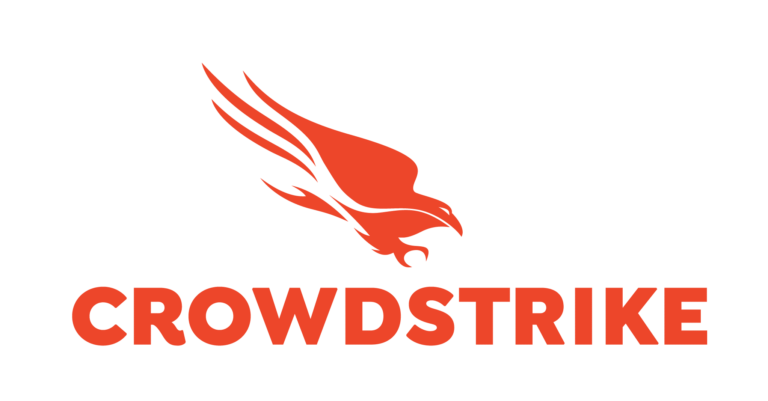Microsoft’s decision to end Cortana on Windows
In a surprising move, Microsoft recently announced its decision to end support for Cortana, its voice-activated assistant, on Windows devices. This decision marks a significant shift in the tech giant’s strategy and has left many businesses wondering about the implications of this move. Cortana has been a prominent feature on Windows devices for years, providing users with voice-activated assistance for various tasks. However, with the rise of alternative voice assistants, Microsoft has decided to reposition Cortana as a productivity tool rather than a standalone assistant. In this article, we will explore the impact of Microsoft ending Cortana on Windows and discuss the challenges businesses may face in the post-Cortana era.
Evaluating the implications of Cortana’s departure for businesses
For businesses that have integrated Cortana into their workflows, Microsoft’s decision to end support for the voice-activated assistant poses several implications. One immediate concern is the loss of a familiar and convenient tool for employees. Cortana has been widely used for scheduling meetings, setting reminders, and performing various other tasks, improving productivity and efficiency. Without Cortana, businesses may need to find alternative solutions to fill this void. Additionally, if businesses have developed custom applications or workflows that rely on Cortana’s capabilities, they will need to invest resources in reconfiguring or replacing these systems.
Potential challenges businesses may face without Cortana
The absence of Cortana on Windows devices can present a range of challenges for businesses. One of the primary challenges is the disruption of established workflows that relied on Cortana’s capabilities. Employees may need to adapt to new ways of performing tasks, potentially resulting in a temporary decrease in productivity. Moreover, businesses that heavily relied on Cortana for voice-activated interactions may face difficulties in finding a suitable replacement with similar functionalities. The transition to a post-Cortana era may also require additional training or onboarding for employees to become proficient with new tools or systems.
Adapting to the post-Cortana era: Strategies for businesses
To navigate the post-Cortana era effectively, businesses need to develop strategies that address the challenges posed by the absence of this voice-activated assistant. One approach is to explore alternative voice assistant options available in the market. Several established voice assistants, such as Amazon’s Alexa and Google Assistant, offer robust features and integrations that may seamlessly fit into existing business workflows. Evaluating the specific needs and requirements of the business can help identify the most suitable alternative. Additionally, businesses may consider developing custom voice assistant solutions tailored to their unique needs or leveraging other productivity tools to compensate for the loss of Cortana’s capabilities.
Exploring alternative voice-activated assistant options for businesses
With the departure of Cortana, businesses can explore a range of alternative voice-activated assistants to fill the void. Amazon’s Alexa is a popular choice for its extensive third-party integrations and compatibility with a wide range of smart devices. Google Assistant, known for its strong AI capabilities, may be suitable for businesses that heavily rely on Google’s suite of productivity tools. Apple’s Siri, although primarily designed for personal use, can also be utilized for certain business tasks. Adopting an alternative voice assistant will require businesses to assess compatibility, functionality, and security considerations before making a decision.
Conclusion: Navigating the business landscape without Cortana
As Microsoft ends support for Cortana on Windows devices, businesses must adapt to a new era without this familiar voice-activated assistant. While this decision may present challenges and disruptions initially, it also opens up opportunities for businesses to explore alternative voice assistant options. By carefully evaluating their needs and considering various solutions available in the market, businesses can successfully navigate the post-Cortana landscape. Through strategic planning and implementation, companies can ensure a smooth transition and maintain productivity in their workflows. The end of Cortana does not signify the end of voice-activated assistance for businesses; it marks the beginning of a new chapter in the ever-evolving tech landscape.




